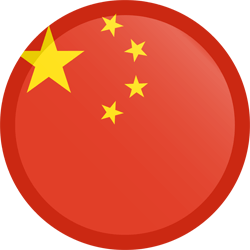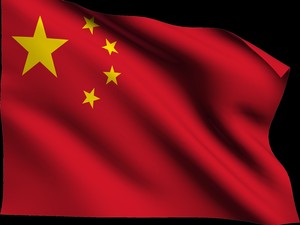The fields of history and archaeology, while fundamentally objective in their pursuit of knowledge about the past, are frequently co-opted to serve nationalistic narratives that legitimise coercive territorial claims. This is evident in China’s strategic use of archaeology to assert ancient ownership over regions like Xinjiang and Tibet, which are currently seeking greater autonomy.
]…]
A recent instance of this archaeological manipulation is the discovery of an ancient Buddhist stupa near Kashgar, an oasis city in Xinjiang, which the government has promoted as evidence of the region’s historical ties to China.
[…]
Excavation of this site commenced in 2019, leading to the recovery of two earthen pillars, fragments of a Buddha statue, stone tools, and copper coins. The structure’s conical shape has earned it the local Uyghur designation ‘Mo’er’, which translates to ‘chimney’.
Estimated to have been constructed approximately 1,700 years ago, the stupa and its accompanying temple are being appropriated by Chinese authorities to claim the region’s unique historical narrative.
[…]
According to Chinese historians, the ‘Mo’er’ was commissioned by Wu Zetian, a 7th-century Empress of the Tang dynasty known for her promotion of Buddhism. Furthermore, Chinese officials and state media assert that artifacts discovered at this site resemble those found in predominantly Han areas of eastern China.
They also contend that portions of the temple exhibit ‘Han-Buddhist’ architectural styles and that it was visited by the 7th-century monk Xuanzang from central China, who is credited with disseminating Buddhism throughout the Chinese empire.
[…]
Chinese human rights abuses in Xinjiang have garnered significant international scrutiny in recent years.
[…]
The Chinese Communist Party (CCP) has also engaged in a broader narrative campaign, disseminating myths to justify its claims over Xinjiang.
This has included the destruction of mosques, renaming Uyghur villages, and distorting archaeological findings and historical narratives to erase the distinct identity of the Uyghur people.


